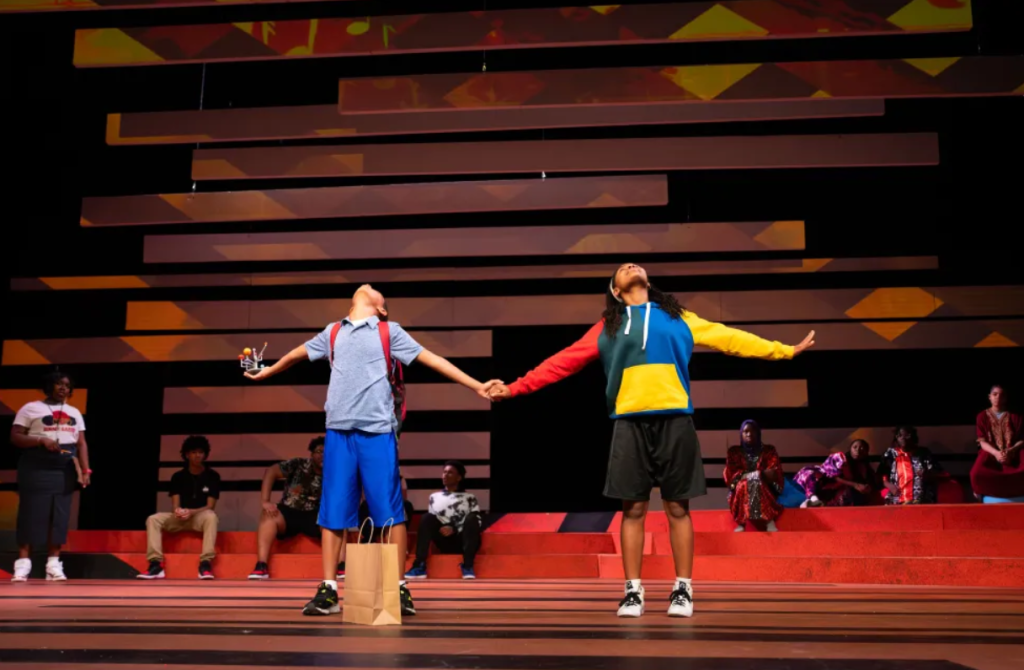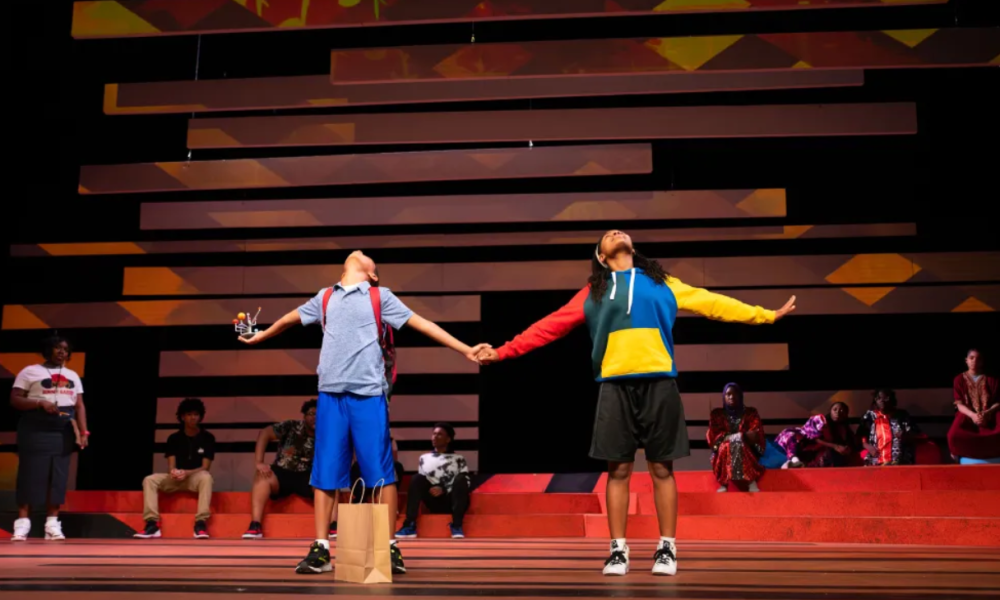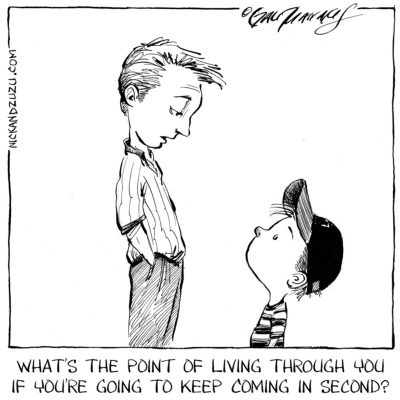Kufre N’ Quay: Finding unity in difference through the eyes of the youth
Kufre N’ Quay tells a story of a child’s perspective and experiences of the differences between Black and African culture.
The last showing was performed at the Boston Arts Academy on July 26. This was the finale following 15 previous live performances. One audience member, Nuriel Gutman, had watched a few showings and saw the growth and improvement in their performances. After redoing the same performance live multiple times, there’s only room for growth.
There was such a natural flow in the characters’ interactions. Kufre is a Nigerian kid who has come to Harlem, New York, with his mother and grandmother for a new life, and he is hoping for a great experience. Yet, reality is far from his expectations, as the group of kids at the youth center he attends cast him away. One group rejects him because he’s “too African” and the other because he’s not “Black enough.”
However, there is one girl named Quay who wants to be his friend because they’re both “weird.” They do become friends, but they argue because Kufre says Quay could come to and survive in Lagos, Nigeria because she’s better than the other Black-Americans that he’s met. Of course he didn’t mean it that way, but Quay took it exactly as it was said.

Throughout the final act, friendships are rebuilt and formed because the children realize that although they are not all the same, there are so many similarities and overlaps in Black and African culture. There’s no real reason as to why there should be a difference or conflict between the two.
Sitting in the audience, there was such a strong sense of enjoyment and wonder from other audience members; every joke that was made had every audience member laughing. Every sentimental moment had them feeling empathetic and teary-eyed, and every conflict set a tense feeling among the crowd. At the end, the applause did not stop until the actors got off stage because, to the crowd, Kufre N’ Quay was just that good.
The actors who portrayed Kufre and Quay were both amazing, as they brought the simultaneous innocence and maturity that such a young child can have, even in an environment that limits them. Both actors brought such life to the characters that it was difficult to turn away from.
After the show, the actors were swarmed by friends, family and fans. Children ran up to Jedrian Latimore, who played Sandley, shouting, “You broke Kufre’s gift, you broke his universe,” and of course, he denied it. Who would dare do such a thing?
“Oh, Sandley was like the spitting image of me! This play was like I didn’t even have to do that much work because he was literally me and how I act in real life. Except for the bullying part. I don’t bully people, trust,” Jedrian said when reflecting on how much of his personality was brought into his performance.
Furthermore, the playwright adjusted a lot of dialogue to “make it seem more like [the actors] in real life”, and it allowed them to “change the script to better the performance.”
Kufre N’ Quay held such a teen-driven atmosphere. None of the actors felt as though they were acting out a personality they were not familiar with or at least one they weren’t comfortable with doing. It even provided new experiences, like when Jedrian sang on stage for the first time. It was such a “big moment for [him]” because it’s not something he does, but it was something he enjoyed.
Zay Williams, who played Ty, said that the overall teen involvement was “chaotic at times” but in the end resulted in an “amazing experience”. It was clear to see such joy on the actors’ faces, especially when they were put in the background for other characters to shine separately in that moment. He felt the same way about his preparation as it was hard to “work with the cast at first” as well as remember cues, but as time went on, it got easier and greater.
Despite the difficulties that actors faced, it made the play forever memorable. Struggles such as learning accents, memorizing lines, and having a consistent performance were strong according to Levi Mngomezulu, Ayanna Joseph, and Ngolela Kamanampata, respectively. At just 11 years old, Levi was the main male lead in such a professional play, and he felt as though the play was a way of “helping Black youth” in accepting and embracing their own and others’ identities.
One of the best parts of the play, according to Ayanna, is the showcasing of the “struggles of people” that are often overlooked. This was the largest part, as each separate group of kids had their internal struggles that they didn’t want to address, but it was exploited by the other.
In addition, “people of a minority are being shown,” Ngolela commented, as she loved that aspect of the play. “Always show your authentic self, as any other version other than that is false.” This takeaway is what everyone is meant to walk away understanding from a play set to embrace the teen experience of differing Black and African cultures.










